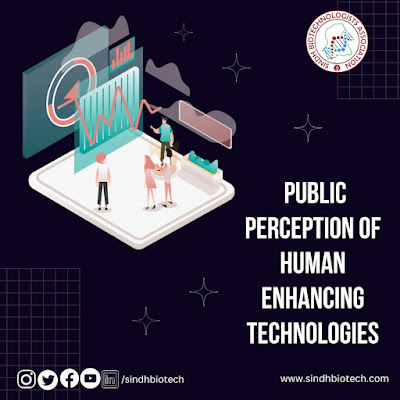Aspects of Food Biotechnology
Let’s have a look
FOOD BIOTECHNOLOGY:
Let’s have a brief look on food biotechnology for the existence of human being as there are various things to be considered and needed the major part is food without food it is even tough to survive the quality of food is having direct link with the health but unfortunately as many issues scarcity or shortage of food is still a big issue to be treated with.
Science’s advancement has worked in such areas to resolve issues that create difficulty in life of the human being. Food biotechnology has come up with certain ways to modify the quality of food and to increase the stock of food.
Measures that should to be considered:
Nutrition scientists and other animal biologists need a balanced understanding of the issues to participate in this assessment. The modifications in the crop plants can really be beneficial for their producers. In engineered crops there are less chances of pesticide and herbicide and various sort of contamination and it also provides protection from stressors.
It has many enhance yields and extend shelf life. Beyond the environmental benefits of decreased pesticide and herbicide application, consumers stand to benefit by development of food crops with increased nutritional value, medicinal properties, enhanced taste and esthetic appeal. There remains concern that these benefits come with a cost to the environment or increased risk to the consumer. (C, 2002)
In earlier most of the U.S corners are unaware of the extent of the technique of genetically modified food. Consumer awareness of biotechnology seems to have increased over the last decade, yet most consumers remain confused over the science. Concern over the impact on the safety of the food supply remains low in the United States, but is substantially elevated in Europe. (C, 2002)
Before the usage of technique it was first assured that there might not be any of the hazardous condition that can be risky for the environment so for that purpose regulatory security was done from the federal bodies.further investigation of the environmental impact, and development of better techniques to identify and track genetically engineered products.
ASPECTS OF FOOD BIOTECHNOLOGY:
· Today, in the arena of food, the primary goals of food biotechnology are to provide a more abundant, less expensive, and a more nutritious food supply for addressing the needs and wants of our growing global population.
· Today, food biotechnology is really utilizing the knowledge of plant science and genetics to further this tradition. Through the use of modern biotechnology, scientists can move genes for valuable traits from one plant to another.
· This process results in tangible environmental and economic benefits that are passed on to the farmer and the consumer. (bhatia, 2016)
Food and microorganisms:
In many of the microorganisms yeasts. Molds and bacteria are very important in food. Microorganisms can spoil the food and also cause disease but there are also such microorganism that convert the food into another form as we have been listening so far about the milk that if it will get exposure from the microorganisms it will ultimately turn into yogurt.
Human food is basically derived from the plants and animals although there are so many resources as well but the major part is being played by the two which I have mentioned before.
The primary source of microorganisms associated with food is the environment with which the species are associated. Bacteria that play significant roles in foods are often grouped on the basis of their activity in foods without regards to their systematic classification.
CONCLUSION:
Use of biotech plants can produce more food on less land, by reducing the amount of crops lost to disease and pests.it can be helpful to fulfill the need of food with up to mark quality and less risk.
It can reduce CO2 emissions from the farming process, the amount of pesticides used to produce foods, and in the future. Furthermore we will be seeing an exciting advancement in food biotechnology. (C j. , 2013)
By: Insha Khalid Abbasi
Bibliography
· bhatia, B. C. (2016). microrganisms assosiated with food. In food biotechnology (1st edition ed., p. 17). Boca Raton: t WPI publishing. doi:http://doi.org/10.1201/9781315156491
· Bhatia, B. C. (2016). Nutrition with food. In food biotechnology (1st edition ed., p. 364). Boca Raton: t WPI publishing. doi:http://doi.org/10.1201/9781315156491
· C, j. (2013, may 13). food insight. Retrieved from Fact Sheet: Benefits of Food Biotechnology: https://foodinsight.org/fact-sheet-benefits-of-food-biotechnology/
· C, M. (2002, june). food biotechnology :benifits and concens. the journal of nutrition, 132(6), 1384-1390. doi: https://doi.org/10.1093/jn/132.6.1384




Comments
Post a Comment